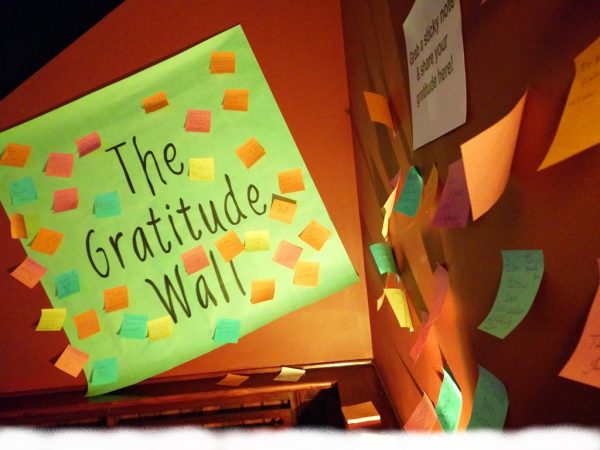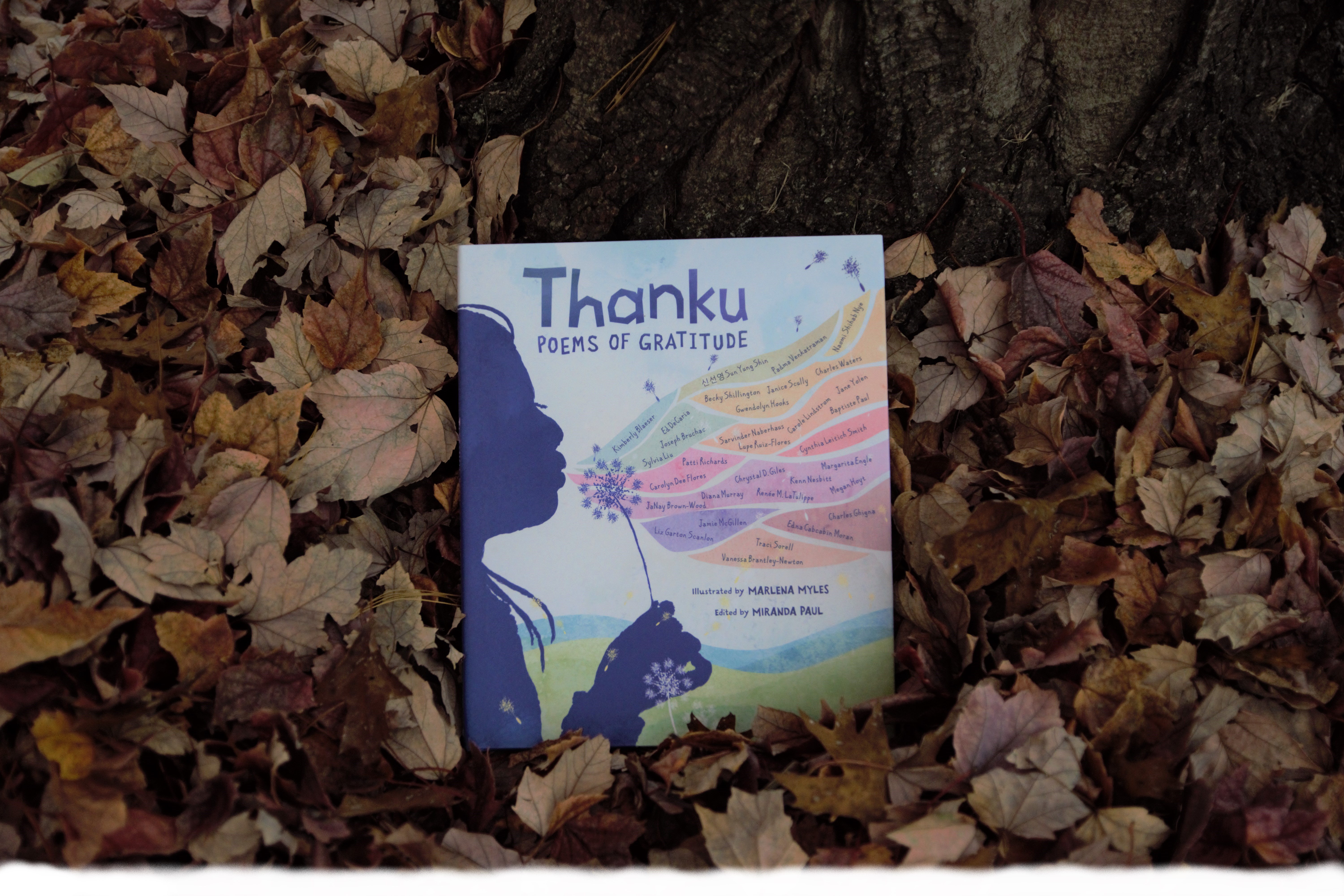Gratitude Practices

23 November 2019 | Theme: Gratitude | 6-Minute Read | Listen
I’ve been giving a lot of air time this month to the idea of a “gratitude practice,” but what exactly is meant by that?
If you Google “practice,” the first definition is the noun meaning “the actual application or use of an idea, belief, or method, as opposed to theories relating to it.” When we take specific action in the name of Gratitude, it is not just theories, thoughts, and feelings. The first definition under the verb “practice” is to “perform (an activity) or exercise (a skill) repeatedly or regularly in order to improve or maintain one’s proficiency.” When we do it enough, Gratitude becomes a habit.
All the benefits of Gratitude, from improving physical and mental health to bettering relationships, are seen when we take action.
Each day of this month, I’ve been posting a prompt so that you can engage in one of the simplest, yet most powerful forms of gratitude practice: the Gratitude Journal. You don’t actually need prompts, but I thought it would be helpful to have some suggestions of things you might not otherwise think to look at from a perspective of Gratitude. Today, I want to share some other practices that can lead to a more grateful, and thus happier, life.
Reduce the negative input.
I think of the old acronym I learned in computer programming—GIGO: Garbage In, Garbage Out. From social media to TV news reports to talk radio, we are inundated by information all day long. If that information is mostly negative, it can put us in a negative mindset.
I limit the amount exposure I allow myself to all three of these. I don’t watch television news at all, preferring to get my news through reputable print sources—and even then, I limit my exposure. I want to know what’s going on in the world, but not get mired in it. When I’m bogged down by listening and watching every twist and turn of current politics, for example, it gets in the way of my creativity.
On social media, I’ve unfriended people who post negativity. Don’t get me wrong: I enjoy conversations that challenge my viewpoints, so long as they are respectful. I don’t intend to insulate myself from differing viewpoints and live in an echo chamber. But I AM going to be selective about what gets my time and attention, and those who publish rants aren’t getting any of my precious time.
Smile.
It sounds silly, but smiling can make you feel happier, even if you aren’t actually smiling. Apparently, stretching those facial muscles as if you’re smiling is enough to make you feel happier. Try this: place a pencil way back across your mouth and bite down on it with your back teeth. Hold the position for ten seconds. Simply doing this can trigger your brain to think you’re smiling and foster feelings of happiness.
Keep a gratitude journal.
The act of thinking what you want to write about is a powerful beginning to this exercise, and a regular practice of journaling about things for which you are grateful keeps your mind focused on seeing the positive side of things.
Reach out to others.
Start by telling those closest to you the little things for which you are grateful. We forget to do that sometimes, but it’s a powerful way to connect with loved ones. Leave little notes, texts, or even emails to say what you appreciate.
Think way back—is there a person from long ago who deserves our gratitude? I wrote a letter to a neighbor from my childhood who was especially kind to me, and it made both of us feel happy and connected.
Dr. Martin Seligman, psychology professor at the University of Pennsylvania, teaches people about the gratitude visit. First, think of someone who made a positive impact on you at some point in the past. Then, sit down and write about a letter of about 300 words, describing what that person did and how you were affected. Then get together with the person, but don’t tell them why. When you’re with them, slowly and meaningfully read the letter aloud to them—no interruptions allowed. The positive effects of doing this last the person initiating the contact for over a month!
Make a gratitude collage. Put together an artwork that reminds you of all the people, places, events, and things for which you are grateful. Place it where you will see it often.
Challenge yourself to see the positive side of mistakes, especially your own. We tend to judge ourselves harshly for mistakes, so looking for the upside is a way of giving yourself grace. If you have a hard time seeing the upside, congratulate yourself even for noticing—this is an important first step!
Leave a random note of appreciation for a neighbor, the postman, a clerk or bank teller—letting them know something specific that you appreciate about them.
Think kind thoughts about people you encounter in traffic, at the grocery store, on the subway. Choose one person and hold them in kind and loving thoughts. In Buddhism, this is a loving-kindness meditation.
Write a positive review of a business you visit. We often are quick to review businesses that don’t live up to expectations, but when someone does a good job or is helpful, we often don’t take the time to thank them by writing a positive review.
Include a random act of kindness every day. Don’t know what to do? Great! In December, I’ll be posting a daily act of kindness prompt! Little things mean a lot, especially if you do them joyfully, without expectation of a result.
I hope this month for you, Dear Reader, has brought you many opportunities to practice Gratitude, and that you’ll carry those practices throughout your lifetime. Gratitude: it’s not just for Thanksgiving any more!
Until next time,

Resources:
Conlin, Ciara. “40 Simple Ways to Practice Gratitude.” Lifehack, 8 July 2019.
Daniels, Erica. “42 Ways to Practice Gratitude Everyday (sic)” ProFlowers, 5 November 2018.
If you enjoyed this article,
please share on social media!
NEXT ARTICLE

Book Review: Thanku: Poems of Gratitude, Illustrated by M. Myles, Edited by M. Paul
26 November 2019 | Theme: Gratitude | 3-Minute Read
Let me just begin by saying that I love, love, LOVE this book! From the illustration on the cover, to the selections of poems, to the reasons behind it all, I think this children’s book is a must-have for any bookshelf. To begin with, Thanku is about Gratitude, and the poetry selections bring the idea of gratitude to a child’s level—being grateful for a puppy, falling leaves . . .